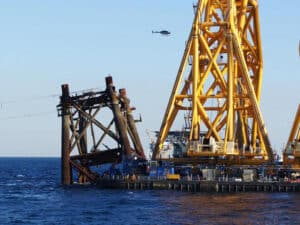
NTSB: Shell ultimately responsible in Kulluk grounding
Written by Nick Blenkey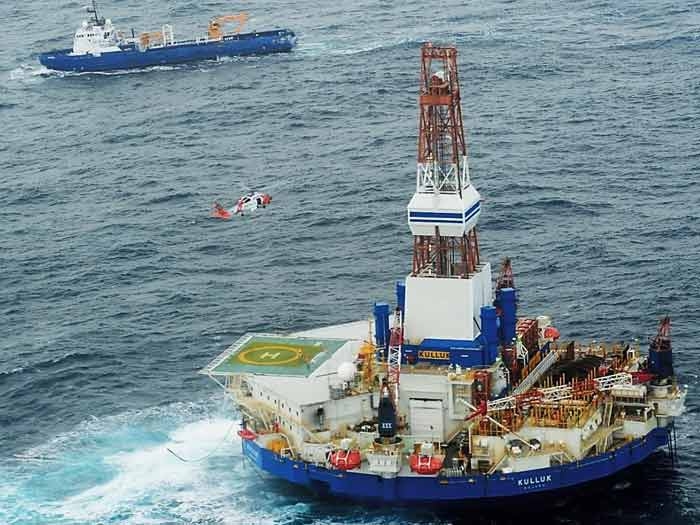
MAY 28, 2015 — Even though no environmental damage resulted, opponents of Alaskan drilling are likely to find ammunition to use in the National Transportation Safety Board’s findings in its investigation of the December 31, 2012 grounding of the mobile offshore drilling unit (MODU) Kulluk.
Owned by Shell Offshore, Inc., and operated by Noble Drilling, the Kulluk grounded in heavy weather near Ocean Bay on the eastern coast of Sitkalidak Island off Kodiak Island, Alaska, when was under tow by the ice-class anchor-handling tow supply vessel Aiviq, owned by Edison Chouest Offshore group member Offshore Service Vessels.
Four crewmembers on the Aiviq sustained minor injuries as a result of the accident and there was substantial damage to the Kulluk, but there was, says the NTSB, no environmental damage.
The NTSB determines that the probable cause of the grounding of the mobile offshore drilling unit was Shell’s inadequate assessment of the risk for its planned tow of the Kulluk, resulting in implementation of a tow plan insufficient to mitigate that risk.
As always, the complete NTSB Marine Accident Briefing provides a wealth of information that cannot be summarized in two or three easy sentences, but a taste of it is given by the briefing’s discussion of the incident:
No single error or mechanical failure led to this accident. Rather, shortcomings in the design of a plan with an insufficient margin of safety allowed this accident to take place. The plan was created to move the MODU at a time of year with a known likelihood of severe weather conditions for reasons unrelated to operational safety.
Shell had retained warranty surveys on all five previous tows of the Kulluk . No regulatory requirement existed for a warranty surveyor to review and approve, or suggest modifications to, the tow plan and its components. The surveyor that Shell retained for the accident voyage approved the tow plan in its entirety. This was the only external review of the tow plan and the equipment that was to be used in the planned tow.
The Coast Guard was not required to oversee the tow. Rather, the Coast Guard’s role, a critical one given the circumstances, was limited to its response to this accident —delivering the needed engine components to the Aiviq, unsuccessfully attempting to tow the Kulluk , and, most important, rescuing Kulluk personnel when their lives were endangered, an operation that itself risked the lives of the Coast Guard rescuers.
Many maritime regulators in countries with operations in environments with the potential for severe weather actively oversee tow operations. For example, Norway addresses many of the shortcomings in the oversight of tow gear and severe weather avoidance that were evident in this accident.
Canada similarly addresses safe towing operations, including specifying parameters for tow gear strength, by recommending that operators adhere to IMO towing guidelines (IMO MSC Circ. 884, 21 December 1998).
IMO and the Norwegian Maritime Authority provide guidance for oceangoing tows with margins of safety for encounters with adverse weather.
The Aiviq lost engine power at a critical point in the Kulluk’s tow. Coast Guard investigators believe that the design of the fuel oil storage tanks’ common vent and overflowsystem was flawed and that these flaws led to the seawater contamination of the fuel tanks during the Aiviq’s transit during rough sea conditions. Offshore Service Vessels contends that fuel contaminants were present in the fuel taken on by the Aiviq in Dutch Harbor and that this contamination, rather than seawater that entered the system later, led to the engine power loss. Regardless, the source of the fuel contamination was outside the scope of the NTSB’s investigation of this accident and, therefore, was not determined.
Given the risks associated with this transit, including the likelihood of the tow encountering severe weather, Shell and its contractors, particularly Offshore Service Vessels, the operator of the Aiviq, who reviewed and approved the tow plan should have either mitigated those risks or departed at a time of year when severe weather was less likely.
For example, Shell and its contractors could have included additional tow vessels to the entire transit to reduce the likelihood of catastrophic results from a failure of the Aiviq or its tow gear. Redundancy is a necessary element of safety-critical transportation systems, and given the hazards of operations in Alaskan waters, those involved in the tow plan should have recognized and addressed the lack of redundancy.
The series of failures that led to this accident began when Shell failed to fully address the risks associated with a late December tow in Alaskan waters, and ended with the grounding of the Kulluk.
Although multiple parties were involved in the review and approval of the tow plan, the ultimate decision to approve and implement the tow was Shell’s.
The dynamics of a single entity approving a go/no-go decision in the face of risks, with multiple parties involved, have been addressed in studies of previous catastrophic events. This research demonstrates that, even with formal review processes involving multiple entities, the ability of parties involved in a decision to articulate and draw attention to risks is limited when a single entity bears ultimate decision-making responsibility and at the same time favors a particular outcome of the decision.
For this reason, Shell, as the organization responsible for designing, approving, and implementing the tow plan, is considered to be ultimately responsible for this accident.
Download the Marine Accident Investigation (MAIB 1510) briefing HERE

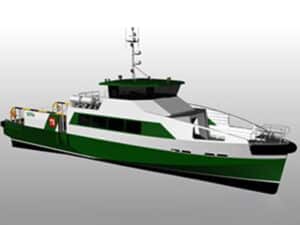
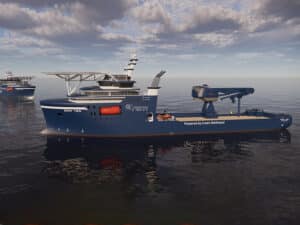
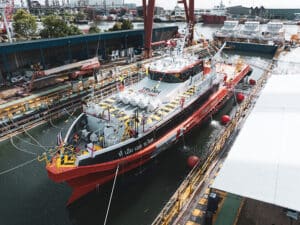
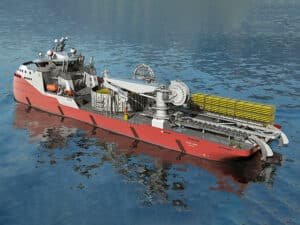
Leave a Reply
You must be logged in to post a comment.